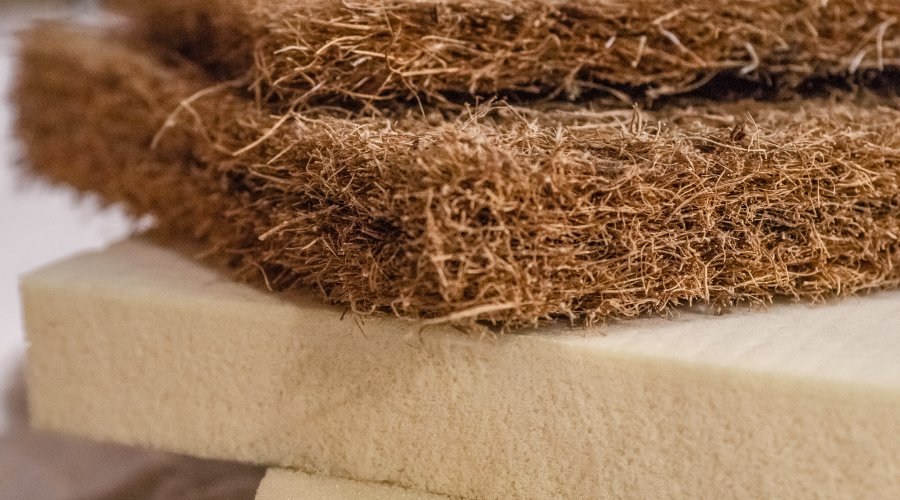How Are Coconut Husk Chips Made?
- Saturday, 8th Jan, 2022
- Admin

The manufacturing system starts with coconut harvesting. Manufacturers making coconut husk chips collect mature, dried coconut husks for processing. These husks make a more tough, reasonable material than the husks of green coconuts.
Manufacturers absorb the husks water for quite a long time.Whenever they’re softened, separating the coconut pith and fiber, or coconut coir, becomes simpler. The husks are likewise cut into chips now.
Coconut chips are frequently washed with new water to bring down their sodium levels. They're then dried out in the sun to diminish their dampness content. Manufacturers then pack and store the all around dried coconut chips for quite some time to mature.
After maturing them, most manufacturers test their coconut bark chips. The testing process ensures the chips have a moderately neutral pH level and ideal electrical conductivity. They’re then filtered to eliminate any fine residue and trash. Once they are pure, manufacturers package their coconut husk chips and prepare them to be purchased.
Coconut husk chips are an extraordinary alternative to bark, rockwool, and clay growing mediums. They're ideally suited for developing plants that flourish when their underlying roots are moist, however not saturated, like orchids, succulents, kalanchoes, anthuriums, and bromeliads. These plants are notoriously fussy, particularly with regards to composts. Supplement thick coconut chips can convey what they need without disturbing them.
Coconut bark chips are also a popular choice for terrarium substrate. A base of coconut husk chips absorbs moisture in tanks while being totally safe for reptiles and arachnids.